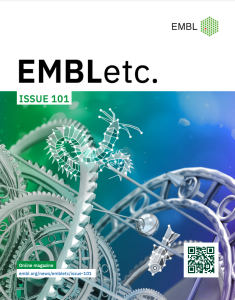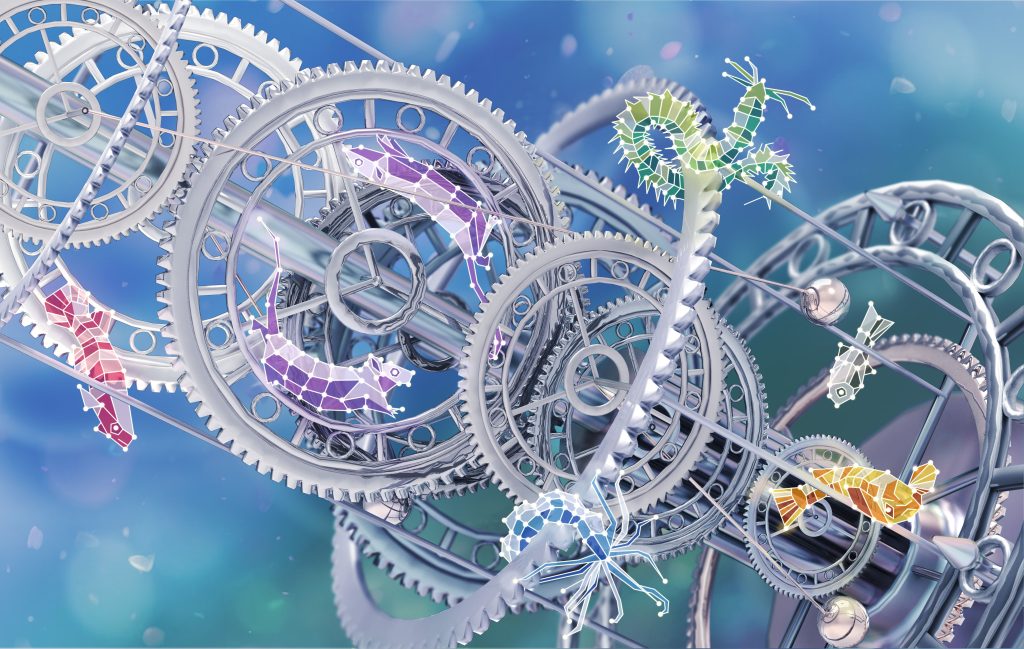4 December 2024
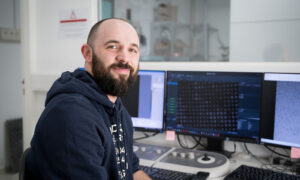
People & Perspectives
Romain Linares talks about his role in managing the cryo-electron microscopy facility at EMBL Grenoble, how he sees this technique evolving in the coming years, and his passion for astronomy.
4 April 2024

Science & Technology
New study from the Galej group provides deeper structural insight into the assembly of a critical molecular machine, that removes non-coding information from genes during their expression.
14 November 2023
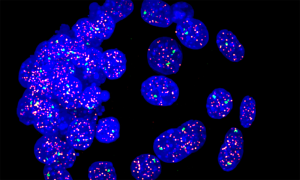
Science & Technology
A recent EMBO | EMBL symposium brought together leading developers of imaging methods with cutting-edge applications that illustrate how imaging can answer biological questions.
2023
eventsscience-technology
21 July 2023
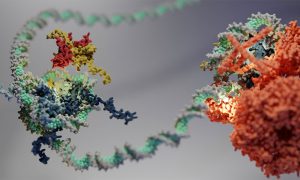
Science & Technology
Research from the Eustermann group at EMBL Heidelberg reveals how the packaging of DNA into hexasomes impacts the function of enzymes involved in gene regulation.
2023
sciencescience-technology
16 February 2023
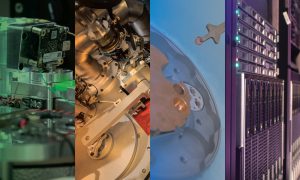
Lab MattersScience & Technology
EMBL is one of the partners of this project that aims to accelerate drug discovery and development, bringing in expertise from EMBL Grenoble and EMBL-EBI.
2023
lab-mattersscience-technology
7 February 2023
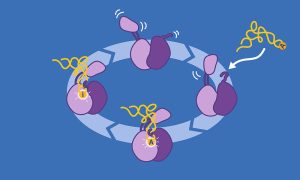
EMBL Grenoble scientists provide new insights into the function of an essential RNA editing enzyme.
13 October 2022

EMBL AnnouncementsLab Matters
The Royal Microscopical Society awarded Ardan Patwardhan and Wim Hagen with Scientific Achievement Award
2022
embl-announcementslab-matters
29 September 2022

The Royal Microscopical Society recognises Ardan Patwardhan’s contributions to the field of electron microscopy.
3 June 2022

Science & Technology
Researchers have discovered the mechanism by which a family of DNA motor proteins packages loosely arranged strands of DNA into compact individual chromosomes during cell division.
2022
sciencescience-technology
18 January 2022
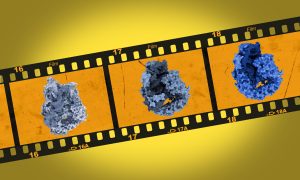
Science & Technology
The Galej group at EMBL Grenoble has recently obtained high resolution snapshots of a crucial step in RNA splicing involving the U2 snRNP complex, a crucial component of the human spliceosome.
2022
sciencescience-technology
20 December 2021
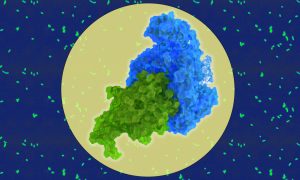
Science & Technology
Using cryo-EM and structural biology techniques, EMBL researchers have shown how two proteins of Legionella pneumophila interact. This finding sheds light on a mechanism critical to the infection process and could lead to the development of new drugs to treat pneumonia.
2021
sciencescience-technology
9 December 2021
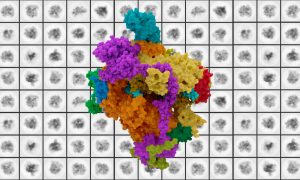
Science & Technology
New structural biology research provides fundamental information critical to understanding enzyme mutations connected to rare diseases and cancers.
2021
sciencescience-technology
3 December 2021

EMBL AnnouncementsLab Matters
The new EMBL Imaging Centre has announced its first open user call, and new project evaluation process and training opportunities.
2021
embl-announcementslab-matters
28 October 2021

Lab MattersPeople & Perspectives
Svetlana Dodonova is one of EMBL's newest group leaders, leading a team of researchers who will study how genetic material is organised inside cells using structural biology approaches.
2021
lab-matterspeople-perspectives
30 August 2021
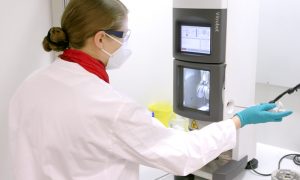
Lab MattersScience & Technology
Giulia Zanetti from the Institute of Structural and Molecular Biology (ISMB) in London explains how the collaboration with the Cryo-Electron Microscopy Service Platform enabled her group to reveal the structure of protein transport complexes.
2021
lab-mattersscience-technology
25 June 2021
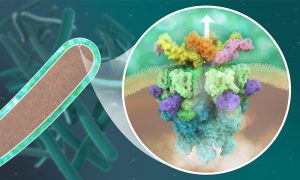
Science & Technology
EMBL Hamburg’s Wilmanns and Kosinski groups have determined the detailed structure of a bacterial protein complex critical for tuberculosis infection.
2021
sciencescience-technology
7 April 2021

Lab MattersPeople & Perspectives
The challenges and opportunities when setting up a global archive for bioimages
2021
lab-matterspeople-perspectives
23 February 2021
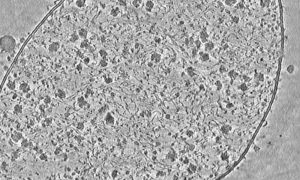
Science & Technology
Liang Xue used cryo-electron tomography to capture this detailed image of a Mycoplasma pneumoniae cell.
2021
picture-of-the-weekscience-technology
5 February 2021
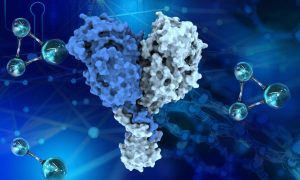
Science & Technology
A new paper from the Galej group at EMBL Grenoble describes the structure of key parts of the Integrator complex, involved in gene expression.
2021
sciencescience-technology
18 January 2021

Lab MattersPeople & Perspectives
The EMBL Imaging Centre is scheduled to open in 2021 with Timo Zimmermann as Team Leader for advanced light microscopy technology development and service provision.
2021
lab-matterspeople-perspectives
24 August 2020

Lab MattersPeople & Perspectives
The new team leader offering services in electron microscopy discusses his hopes and plans for the forthcoming EMBL Imaging Centre
2020
lab-matterspeople-perspectives
18 August 2020
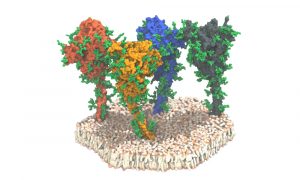
Science & Technology
Researchers studied the spike protein on the surface of the SARS-CoV-2 virus. With its spikes, the virus binds to human cells and infects them. The study gave surprising insights into the spike protein, including an unexpected freedom of movement and a protective coat to hide it from antibodies.
2020
sciencescience-technology
28 July 2020
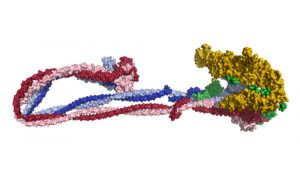
Science & Technology
EMBL scientists and collaborators help reveal the process by which enormous quantities of DNA are folded into cells.
2020
sciencescience-technology
17 June 2020
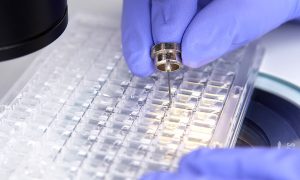
Science & Technology
While global research on coronaviruses has shed light on the function of many SARS-CoV-2 proteins, the role of some crucial components remains unknown. Researchers at EMBL Grenoble will use a range of structural biology methods to try to solve some of the puzzles of the molecular mechanics of…
2020
sciencescience-technology
29 April 2020
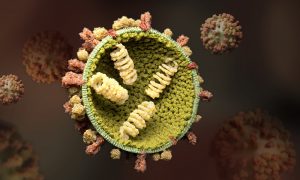
Science & Technology
The infectious disease commonly known as flu is caused by the influenza virus. It spreads around the world in seasonal outbreaks, causing millions of infections and hundreds of thousands of deaths each year. Stephen Cusack, Head of EMBL Grenoble, has been studying different aspects of the influenza…
2020
sciencescience-technology
17 April 2020
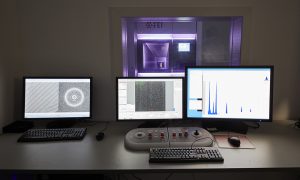
Connections
EMBL Heidelberg reopens the Cryo-Electron Microscopy Service Platform to support coronavirus structural biology research.
19 December 2019

EMBL AnnouncementsLab Matters
EU funding for iNEXT-Discovery consortium unlocks key technologies for structural biology
2019
embl-announcementslab-matters
18 November 2019
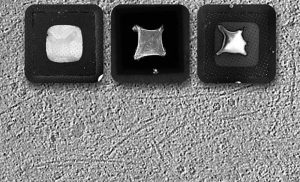
Science & Technology
A new technique in cryo-EM
2019
sciencescience-technology
11 July 2019
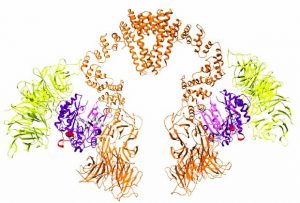
Science & Technology
Using cryo-EM, scientists have determined the structure of a large protein complex called Elongator.
2019
sciencescience-technology
15 May 2019

Science & Technology
Scientists develop software tools for automated acquisition of electron microscopy data
2019
sciencescience-technology
30 November 2018
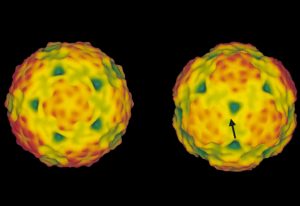
Lab MattersScience & Technology
What does it take to create a vaccine or improve cancer therapies?
2018
lab-mattersscience-technology
24 October 2018
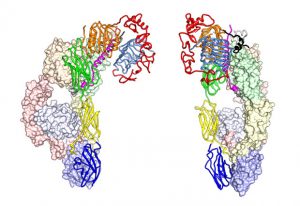
Science & Technology
New study reveals how to make therapeutic insulins more effective than they currently are
2018
sciencescience-technology
12 December 2010
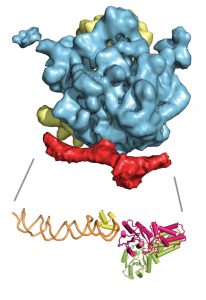
Science & Technology
Like an overprotective parent on the first day of school, a targeting factor sometimes needs a little push to let go of its cargo. Scientists at the European Molecular Biology Laboratory (EMBL) in Grenoble, France, have visualised one such hand-over. They were the first to determine the structure…
2010
sciencescience-technology
No matching posts found

































